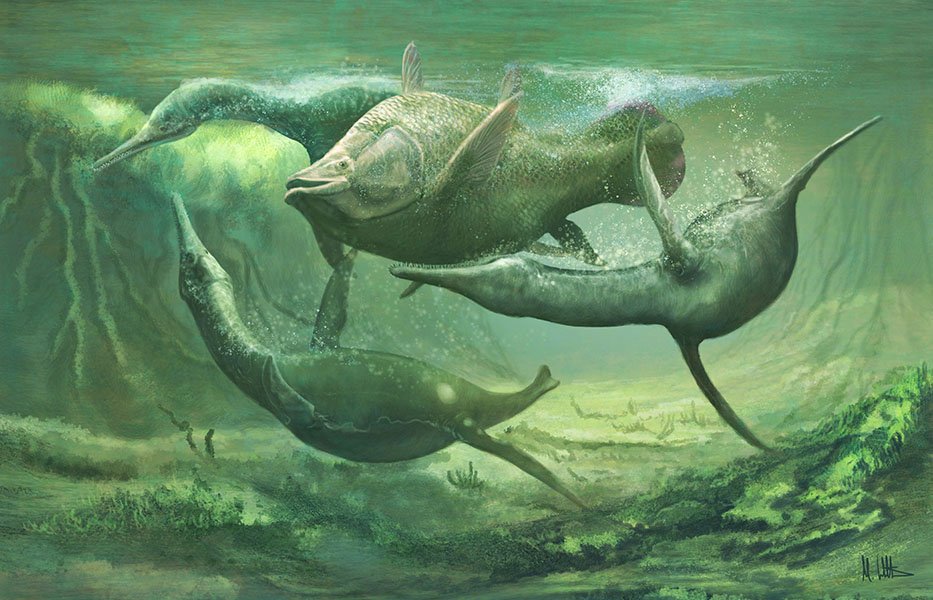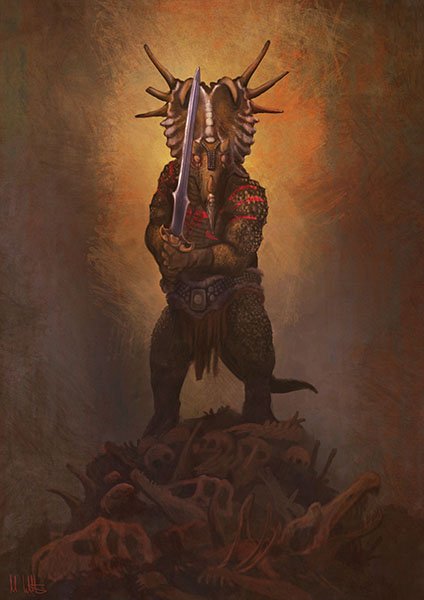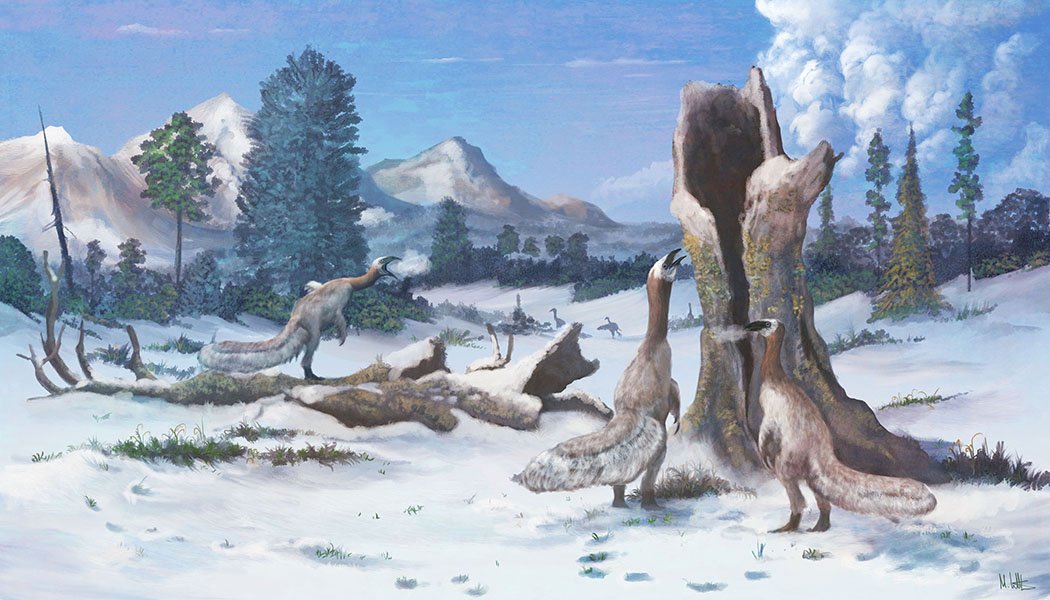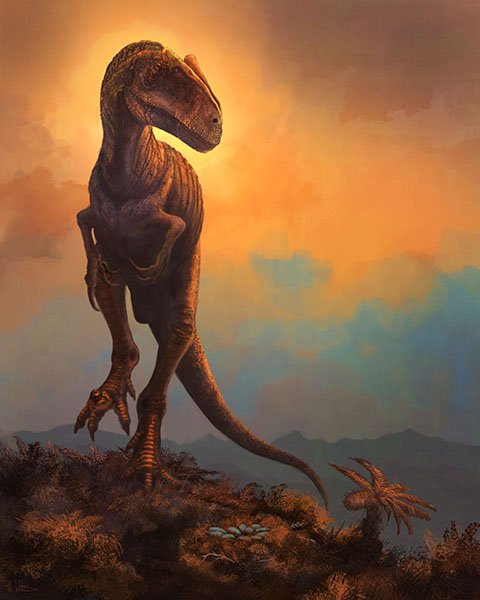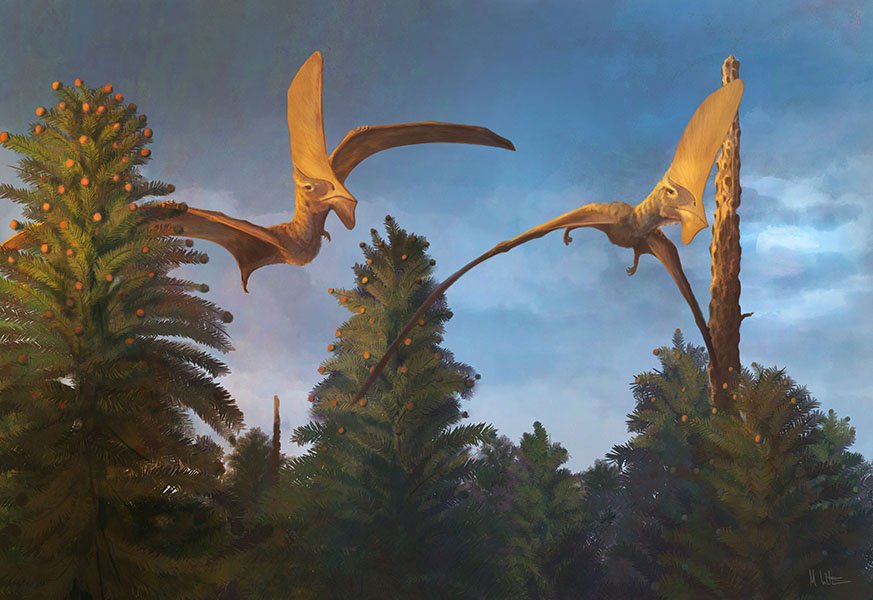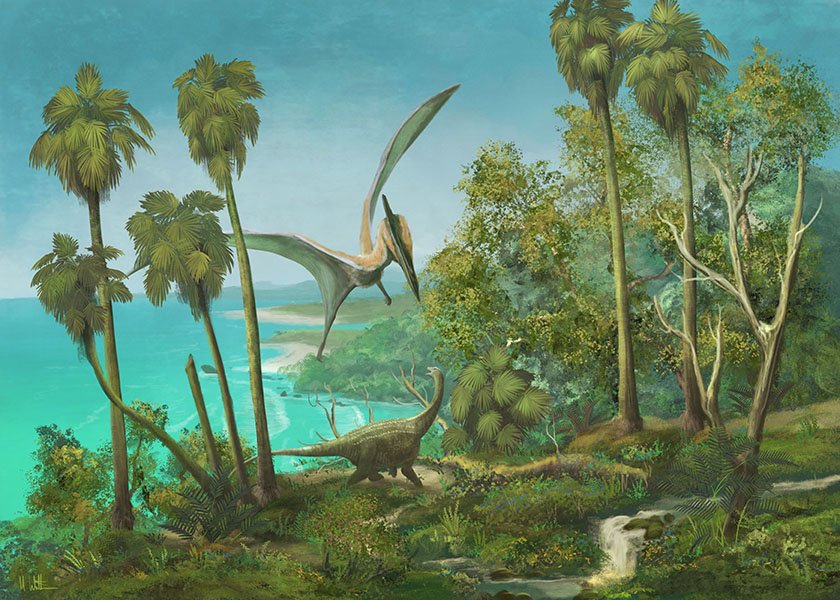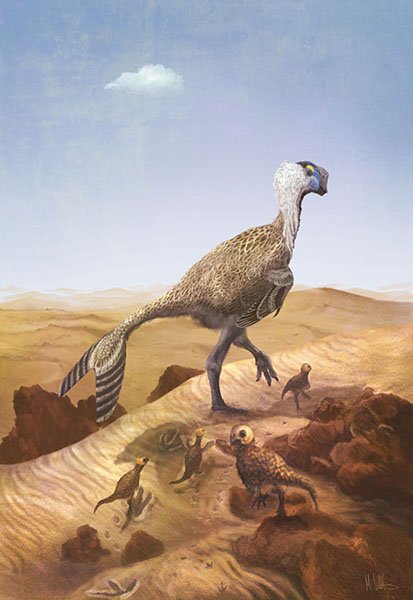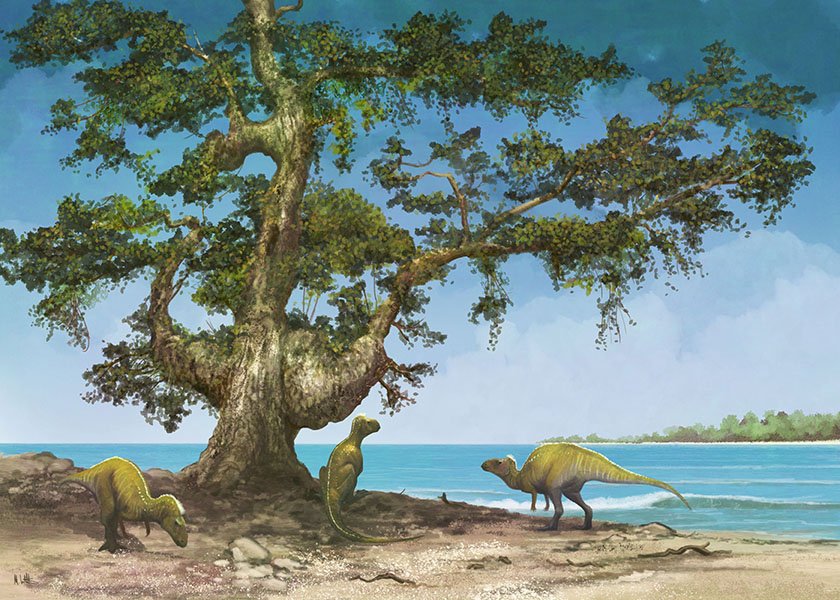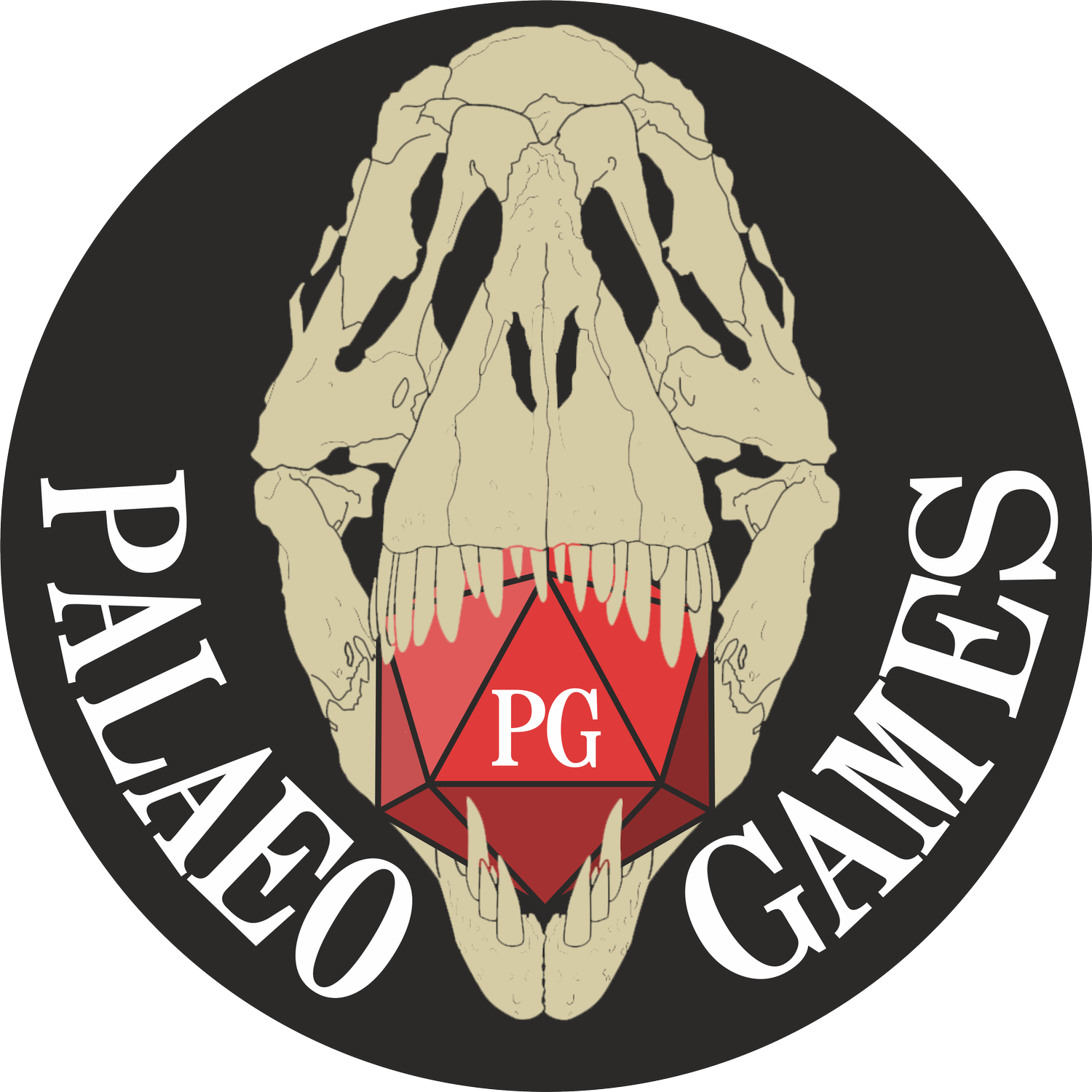
Dr Dhrolin’s Dictionary of Dinosaurs allows you to add scientifically accurate prehistoric creatures, plants, and environments to your Dungeons & Dragons 5e roleplaying games.
Written by palaeontologists, these reconstructions are based on real science and designed to be engaging encounters - not boring meat blocks. They are accompanied by beautiful illustrations from world-famous palaeo-artist Dr Mark Witton.
The book also includes a variety of fantasy rules, such as playable races, subclasses, items, backgrounds, mutations tables, taming rules, riding rules, and much more.
With these prehistoric elements, you can build a prehistoric campaign, or add deep history to your existing world.
The book also provides an accessible and informative introduction to the science of palaeontology.
The book includes:
57 new Mesozoic creatures with dynamic stat blocks, with a further 55 alternative magical variants.
20 new Mesozoic plant species with in-game rules.
20 new palaeontology-themed NPCs.
6 new playable races.
3 new subclasses.
3 new backgrounds.
4 holistic environments with in-game effects.
8 new feats.
30 new items.
Plot hooks and story ideas.
Tables for evolutionary mutations.
Tables for realistic behaviour.
Tables for naming dinosaurs.
Rules for taming and riding dinosaurs.
An introduction to palaeontology and palaeontological reconstructions.
Stunning full-page artwork.
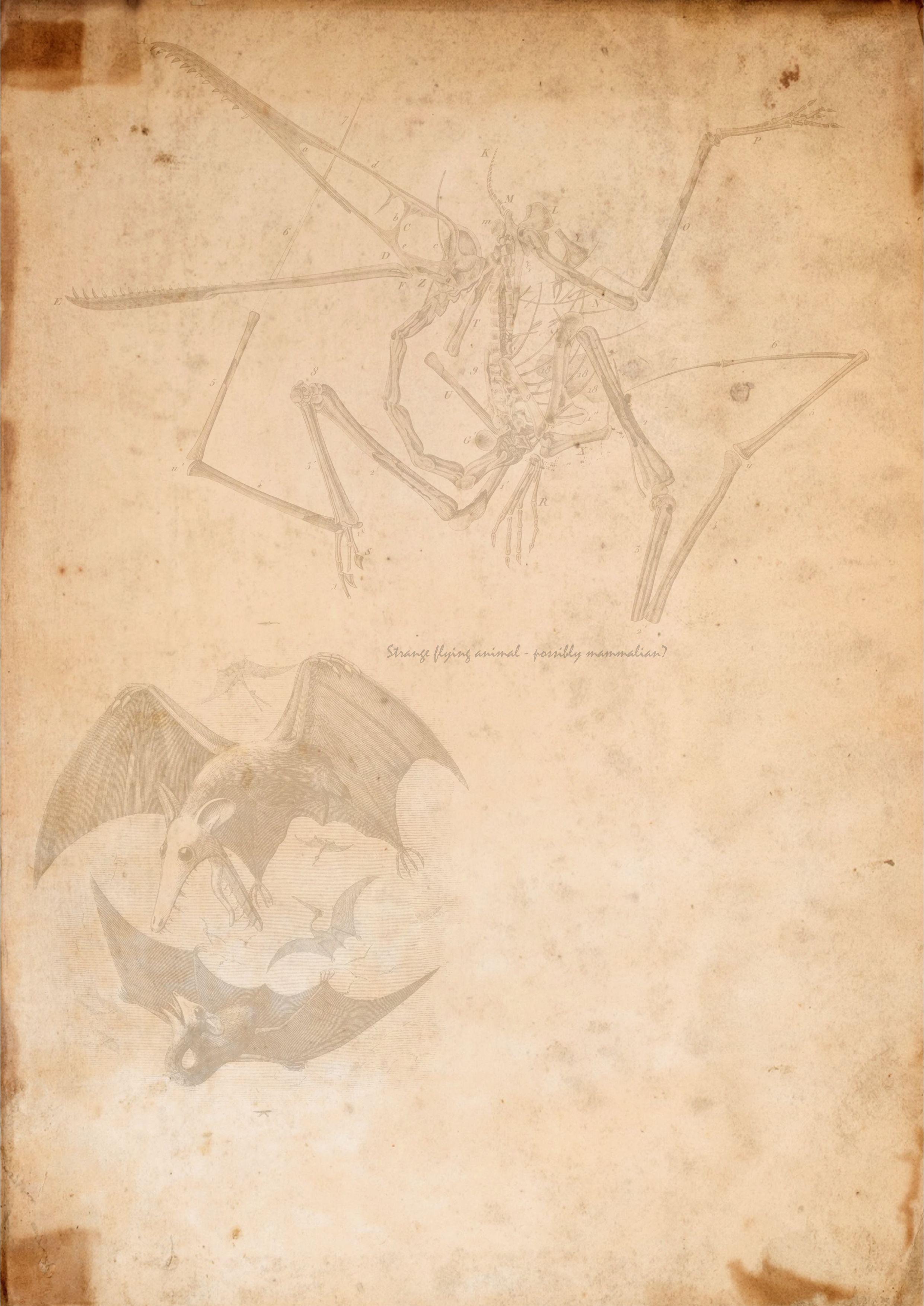
What does each stat-block look like?
Each creature is designed to represent the animal as it was in real life and is constructed from four components:
The core stat-block that represents the real-life animal.
Beautiful and scientifically accurate artwork.
Optional magical rules for high-magic campaigns.
Palaeontological information about the animal, along with scientific references.
Design Philosophy:
Our design philosophy isn't to exactly match WotC published work, nor match their formula for how things like passive Perception or skills are calculated. Instead, our aim is to recreate how we believe these real animals would function within a D&D world, without being game breaking. This means that things like proficiency bonus, AC, and skills don’t match the usual formula because it is simply too restrictive. Additionally, skills like intimidation and survival tie into other in-book mechanics.
We've also fleshed out armour names too, providing DMs with the opportunity to better describe the defences (or lack thereof) of these animals.

